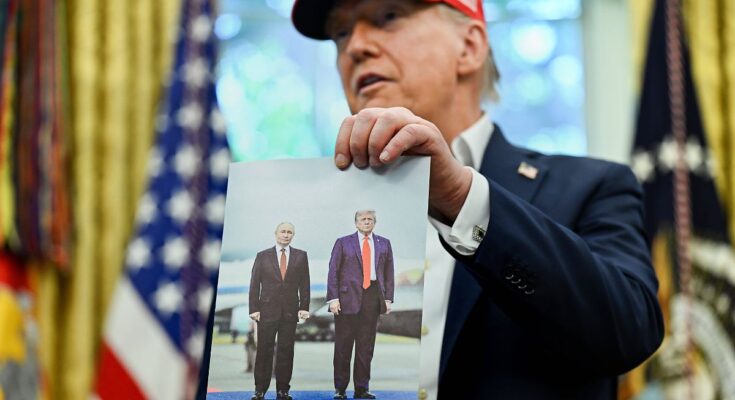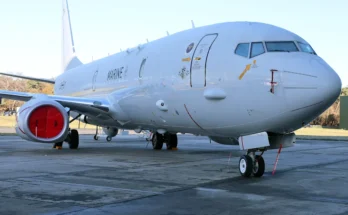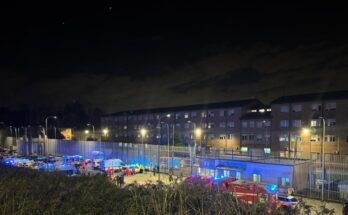Donbass is lost, the army is reduced by halfWhat’s in Trump’s plans in Ukraine
The plan is said to be “secret”, but several things are still revealed: For Ukraine, the demands that peace seeks to achieve do not mean anything good.
The paper, which according to US media reports, was prepared by the White House and Russian representatives, is said to contain 28 points. Real estate dealer Steve Witkoff, who also plays an important role in the Middle East as US President Donald Trump’s special envoy, developed the plan together with Russian envoy Kirill Dmitriyev, the Axios portal reported. The Financial Times reported that Witkoff discussed each of the items with former Ukrainian defense minister Rustem Umerov. Witkoff confirmed that he expected Ukrainian President Volodymyr Zelensky to accept the plan.
In both versions, the crucial meeting took place in Miami, and the sources also agree on little information so far about the contents of the plan. However, what is now spreading should worry Ukrainians.
They would have to surrender the Donbass completely to the invaders, even though most of the region had not yet been conquered by Russia. Especially areas that are well protected by positions built many years ago and are difficult to take. In addition, Ukraine has been working for months on another line of defense, further west, to intercept Russian forces there. All of that will become obsolete. The entire region must be handed over to the Kremlin.
Army – halved
Trump’s plan also involves Kiev reducing the number of Ukrainian troops to about half their number. Only 400,000 troops remain to secure the border with Russia which is more than 1,000 kilometers long.
In the future, Ukraine should also refrain from purchasing long-range weapons from the West. Armed with rockets and cruise missiles capable of traveling long distances, the Ukrainian army is able to attack enemy infrastructure far from the front lines. This already happens almost exclusively with drones produced in Ukraine. But they can only transport small amounts of explosives over long distances. Even pinpoint attacks on refinery sites or in weapons factories cause only minor damage to the affected areas.
To sensitively attack the Kremlin’s energy or war infrastructure, missiles with greater explosive power are needed – like Western long-range weapons. By abandoning such a system, Ukraine would lose the ability to attack Russia in the event of war.
Another matter concerns Western troops who are not permitted to be stationed in Ukraine. There are currently no active Western support brigades in Ukraine. To secure the ceasefire line, foreign troops would be needed, at least in five-digit numbers. Such deployment of partner armies is common practice in NATO countries. For years, Germany has supported its NATO partner Lithuania with rotating brigades to secure the Baltic states to the east. The Bundeswehr in Lithuania is currently preparing to station a permanent brigade of 4,800 troops there. Something similar would be banned in Ukraine under Trump’s plan.
These three points are heavily based on the Kremlin’s past demands, which it called “a solution to the causes of the Ukrainian conflict.” In late fall 2021, President Vladimir Putin sent a series of demands to NATO that, if accepted, would avoid a full-scale war with Ukraine. NATO rejected the demands at the time. From the perspective of the Western alliance, this cannot even be used as a basis for negotiations.
In addition to the military sector, Trump’s plans in Ukraine also include cultural concessions from Ukraine: Ukraine must introduce Russian as its official language. On the one hand, this would violate the national identity of the Ukrainian people. Most importantly, this would strengthen Putin’s narrative that Russia “defended” or “liberated” Russian citizens through the war in Ukraine. The alleged Russian minority as a pretext for another Russian invasion – this concession would also be very dangerous for Ukraine.



